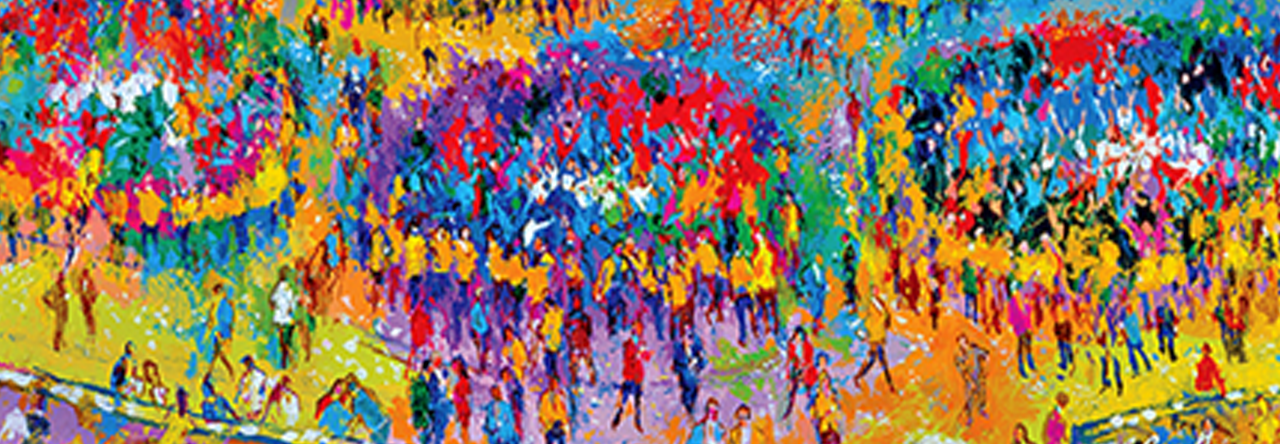The network has the following architecture: VAE (# Encoder (fc1): Linear (560 -> 200) #(frey == 28x20 images) #mu ).We lay out the problem we are looking to solve, give some intuition about the model we use, and then evaluate the results. The aim of this project is to provide a quick and simple working example for many of the cool VAE models out there. Overview of different types of autoencoders. We also discussed a simple example demonstrating how the VAE can be used for anomaly detection. VRNN text generation trained on Shakespeare's works. 4 min read. Following on from the previous post that bridged the gap between VI and VAEs, in this post, I implement a VAE (heavily based on the Pytorch example script! Share on Twitter Facebook LinkedIn Previous Next The following sections dive into the exact procedures to build a VAE from scratch using PyTorch. The aim of this post is to implement a variational autoencoder (VAE) that trains on words and then generates new words. This was mostly an instructive exercise for me to mess around with pytorch and the VAE, with no performance considerations taken into account. VAE is a model comprised of fully connected layers that take a flattened image, pass them through fully connected layers reducing the image to a low dimensional vector. Some of the autoencoders are written in TensorFlow, and some in pyTorch. VAE contains two types of layers: deterministic layers, and stochastic latent layers. Computing Environment Libraries. Care has been taken to make sure that the modelsare easy to understand rather than whether they are efficient or … Resources [1] PyTorch, Basic VAE Example. The main idea is to train a variational auto-encoder (VAE) on the MNIST dataset and run Bayesian Optimization in the latent space. ... "S Vae Pytorch" and other potentially trademarked words, copyrighted images and copyrighted readme contents likely belong to the legal entity who owns the "Nicola Decao" organization. The vector is then passed through a mirrored set of fully connected weights from the encoding steps, to generate a … In this tutorial, we use the MNIST dataset and some standard PyTorch examples to show a synthetic problem where the input to the objective function is a 28 x 28 image. Learning PyTorch Lightning PyTorch Lightning has always been something that I wanted to learn for a long time. Note that … Figure. References: A Recurrent Latent Variable Model for Sequential Data [arXiv:1506.02216] phreeza's tensorflow-vrnn for sine waves (github) Check the code here . Updated: July 07, 2019. For an introduction on Variational Autoencoder (VAE) check this post. I adapted pytorch’s example code to generate Frey faces. We also use the Matplotlib and NumPy library for data visualization when evaluating the results. A collection of Variational AutoEncoders (VAEs) implemented in pytorch with focus on reproducibility. examples: Example code for using the library within a PyTorch project. VAE. Variational Autoencoder¶. Implementing simple architectures like the VAE can go a long way in understanding the latest models fresh out of research labs! In this repository, we shall create a number of different types ofautoencoders. Tags: machine learning. Usage. Generating synthetic data is useful when you have imbalanced training data for a particular class, for example, generating synthetic females in a dataset of employees that has many males but few females. 2. The entire program is built solely via the PyTorch library (including torchvision). PyTorch VAE.
3m Wrap Colours, Center For Peace: Client Log, Goldman Sachs Phd Salary, Centre Of Palm Harbor, La Jolla Today,

Leave a Reply